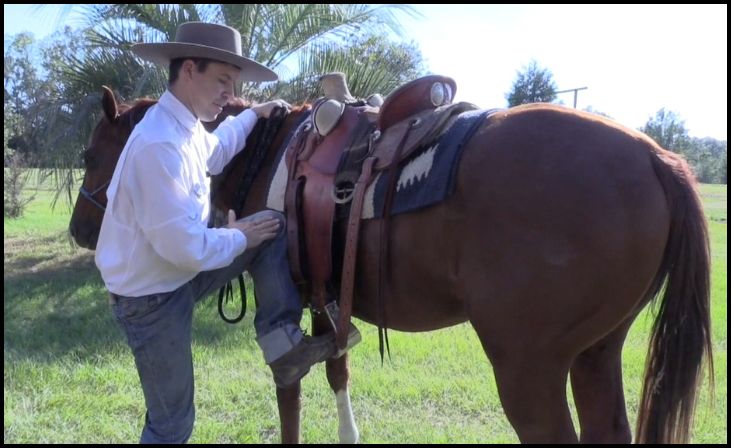Embarking on the journey of horse riding can be exhilarating for beginners. However, it’s essential to approach it with the right knowledge and skills to ensure safety and enjoyment. Learning horse riding involves more than just sitting on a horse; it requires understanding and mastering various techniques. In this blog post, we’ll explore seven crucial lessons that every beginner should learn to become a proficient horse rider.
1. Understanding Horse Behavior
Before mounting a horse, it’s vital to comprehend their behavior. Horses are prey animals with flight instincts, so understanding their body language is crucial for communication and safety. Learning to read their signals of relaxation, discomfort, or agitation helps build trust and rapport between the rider and the horse.
2. Proper Mounting and Dismounting Techniques

Mounting and dismounting may seem simple, but they require proper technique to ensure safety for both the rider and the horse. Beginners should learn how to approach the horse, adjust the stirrups, and execute a smooth mount and dismount to avoid startling or injuring the animal.
3. Mastering Basic Riding Positions
Establishing correct riding positions is fundamental for balance, stability, and effective communication with the horse. Beginners should learn the proper seat, leg, and hand positions to maintain control and harmony while riding. Developing these foundational skills sets the stage for more advanced maneuvers and techniques.
4. Learning Basic Commands

Communication between the rider and the horse relies heavily on understanding and executing basic commands. Beginners should familiarize themselves with cues such as walk, trot, canter, halt, and turn. Clear and consistent use of these commands facilitates effective communication and enhances the overall riding experience.
5. Building Confidence and Trust
Confidence and trust are essential components of successful horse riding. Beginners must learn to overcome fear and develop a trusting relationship with their horse. Building confidence comes through practice, experience, and positive reinforcement, allowing riders to tackle new challenges with courage and resilience.
6. Practicing Proper Riding Etiquette
Respecting fellow riders, instructors, and horses is paramount in the equestrian community. Beginners should learn and adhere to proper riding etiquette, including yielding to others, maintaining control of their horse, and caring for equipment. Practicing good etiquette fosters a safe and enjoyable riding environment for everyone.
7. Understanding Horse Care and Welfare

Beyond riding skills, beginners should gain knowledge of horse care and welfare. Learning about grooming, feeding, and basic healthcare ensures the well-being of the horse and fosters a deeper connection between rider and animal. Understanding the responsibilities of horse ownership promotes empathy, respect, and stewardship.
Conclusion
Embarking on the journey of horse riding as a beginner is both exciting and challenging. By mastering these seven important lessons – understanding horse behavior, proper mounting and dismounting techniques, basic riding positions, learning commands, building confidence and trust, practicing riding etiquette, and understanding horse care and welfare – beginners can lay a solid foundation for a fulfilling and rewarding equestrian journey. With dedication, patience, and perseverance, every beginner can become a proficient and confident horse rider.






